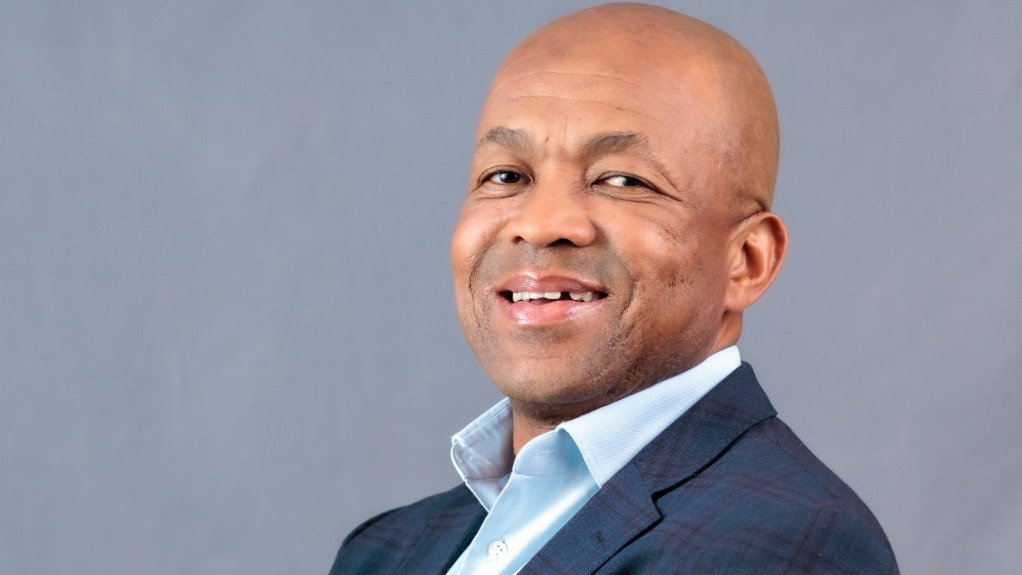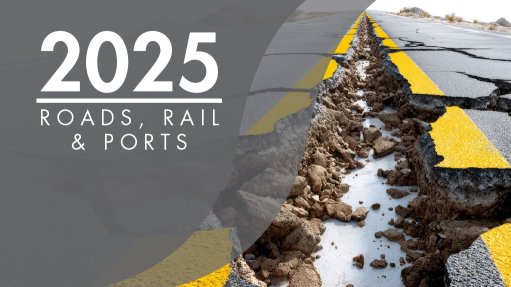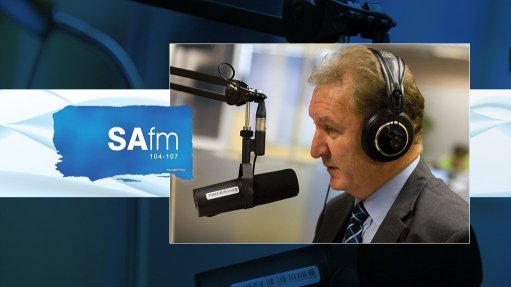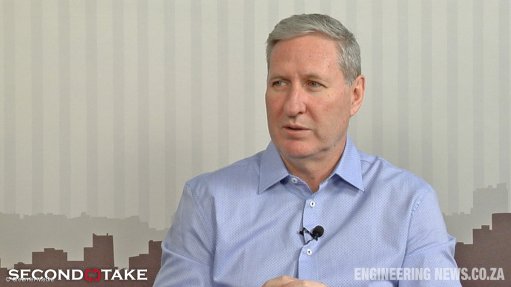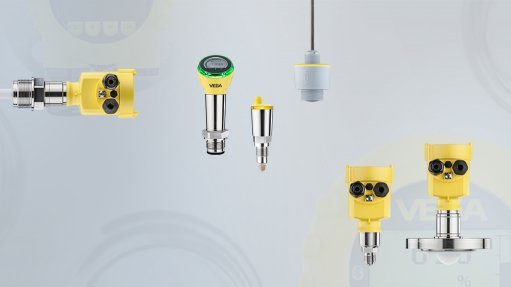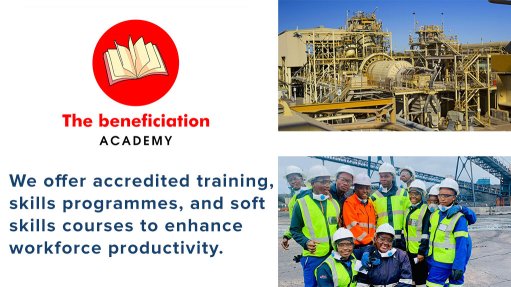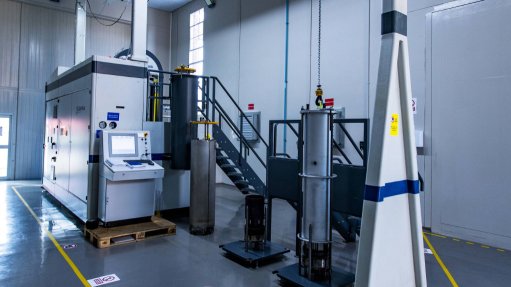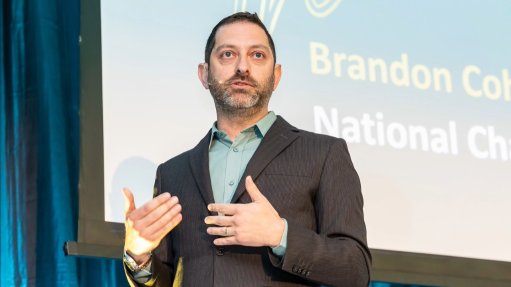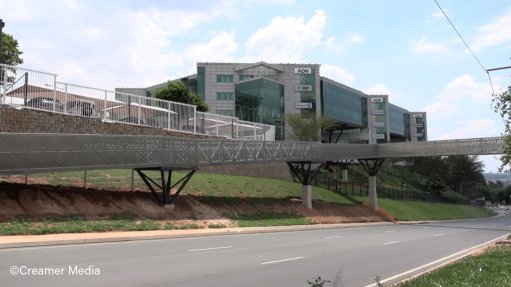Rand Water talks medium-term infrastructure plans, notes maintenance disruption frustrations
Water utility Rand Water’s extensive months-long maintenance from May to July was a necessary disruption to increase capacity and resilience, while improving plant availability, reliability and operational efficiency.
The maintenance, which impacted various municipalities throughout Gauteng, with many suburbs left without water for days, also aimed to ensure the prevention of a bulk water infrastructure collapse amid rising demand.
Facing questions around the outages experienced during the maintenance period and concerns around water supply, Rand Water CEO Sipho Mosai on Tuesday assured that there was no bulk water crisis.
The water utility would not be able to provision for the above-average bulk water demand had that been the case. Maintenance, despite the disruptions that came with it, was critical, he pointed out during financial services firm PSG’s Think Big series webinar, streamed on Tuesday.
“You have to proactively maintain, upgrade and refurbish infrastructure. That is what we are doing. It is something, in my view, that should be commended,” he said.
The utility has a well-articulated and well-understood infrastructure management model that dictates how and when upgrades and maintenance take place, and embeds the philosophies of proactive maintenance to ensure that the bulk infrastructure does not collapse.
In response to questions around prolonged maintenance completion delays, he said that the maintenance schedules were completed on time, with no delays.
“It is incorrect to start saying it is prolonged. It was completed on time. The challenge, that I would agree that people are facing, is the system recovery.”
In undertaking the programme, there was a need to take certain systems out of commission.
Often, water interruptions emerge days after the maintenance starts, as the system becomes depleted.
“Water does not work like electricity,” he said, noting that the system took time to recover, sometimes up to a week.
“I think this is what the frustration is. How do we make the system recover quickly? If we had our way, we would recover the system immediately for everybody, [but] it takes time, and our communication throughout has been very clear that it will take time for the whole system to recover.”
Further adding to this is the clearly articulated local distribution network challenges: high water losses and nonrevenue water and aging infrastructure.
He reiterated that provision of supply was three-pronged: the Department of Water and Sanitation (DWS) is the custodian of all water resources, responsible for all the water in South Africa.
Water utilities such as Rand Water buy the bulk water and purify it, and are responsible for building and maintaining related bulk water infrastructure, including purification works, pipes, pump stations and large quantity reservoirs.
This water is then sold to municipalities, which are responsible for distribution to end-users.
Rand Water committed to helping municipalities resolve water challenges.
“We have taken an active role to be part of the solution,” Mosai commented, noting the establishment of special purpose vehicles with the municipalities to resolve some of the challenges.
Further, DWS is reviewing many pieces of legislation, including ensuring that water services provision is undertaken by a water services authority capable of carrying out the mandate and ringfencing water and sanitation revenue.
These revisions will also assist in halting the rapid increase of municipal debt due to the water boards.
“This is putting a serious drain on our ability moving forward. In the long term it is a matter of concern.”
Despite this, Rand Water continues its large-scale capital projects.
“If you look at what we are investing in the next five years, from the bulk point of view, we are talking R40-billion or so,” said Mosai.
This includes upgrades to wastewater treatment works and new capacity to meet future demand.
“We are not going to be simply looking at maintenance; we are also looking at building new infrastructure to meet future demand.”
By the end of the 2025 financial year, Rand Water expects to have added 600-million litres of water into the system.
“Last year, we added about 150-million litres of water into the system. We are going to be adding an additional 450-million litres.”
Looking forward, Mosai said the prognosis looked good – at least at the bulk level.
“We are already strategising about meeting the demands of 2031 in terms of the bulk water provision into the system.”
Article Enquiry
Email Article
Save Article
Feedback
To advertise email advertising@creamermedia.co.za or click here
Comments
Press Office
Announcements
What's On
Subscribe to improve your user experience...
Option 1 (equivalent of R125 a month):
Receive a weekly copy of Creamer Media's Engineering News & Mining Weekly magazine
(print copy for those in South Africa and e-magazine for those outside of South Africa)
Receive daily email newsletters
Access to full search results
Access archive of magazine back copies
Access to Projects in Progress
Access to ONE Research Report of your choice in PDF format
Option 2 (equivalent of R375 a month):
All benefits from Option 1
PLUS
Access to Creamer Media's Research Channel Africa for ALL Research Reports, in PDF format, on various industrial and mining sectors
including Electricity; Water; Energy Transition; Hydrogen; Roads, Rail and Ports; Coal; Gold; Platinum; Battery Metals; etc.
Already a subscriber?
Forgotten your password?
Receive weekly copy of Creamer Media's Engineering News & Mining Weekly magazine (print copy for those in South Africa and e-magazine for those outside of South Africa)
➕
Recieve daily email newsletters
➕
Access to full search results
➕
Access archive of magazine back copies
➕
Access to Projects in Progress
➕
Access to ONE Research Report of your choice in PDF format
RESEARCH CHANNEL AFRICA
R4500 (equivalent of R375 a month)
SUBSCRIBEAll benefits from Option 1
➕
Access to Creamer Media's Research Channel Africa for ALL Research Reports on various industrial and mining sectors, in PDF format, including on:
Electricity
➕
Water
➕
Energy Transition
➕
Hydrogen
➕
Roads, Rail and Ports
➕
Coal
➕
Gold
➕
Platinum
➕
Battery Metals
➕
etc.
Receive all benefits from Option 1 or Option 2 delivered to numerous people at your company
➕
Multiple User names and Passwords for simultaneous log-ins
➕
Intranet integration access to all in your organisation



